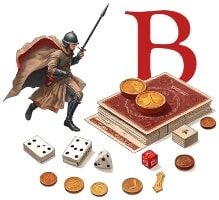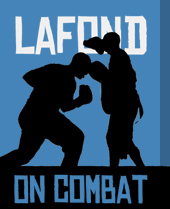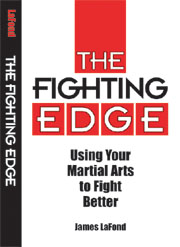Shabandar, Sumya.
The Epic of Gilgamesh, Garnet, Reading, Birkshire, 1994, pages 1-94
This is an unobtrusive translation of our oldest tale, of the big man and his ancestor who survived the flood. This story takes us back in time through an ancient mind’s eye, with a harsh sense of diction, which appeals to me as more faithful to cuniform text. The term “whore” is employed throughout in reference to Shamhat the priestess.
Stephen Mitchell
Gilgamesh: A New English Version
2004, Free Press, NY, 290 pages
Mitchell’s adaptation was important primarily for his notes and for as an example of an adaptation for my utilization of Shabandar’s translation. I tried to come in stylistically between Shabandar and Mitchell.
Bauman, Hans.
In The Land of Ur: The Discovery of Ancient Mesopotamia, Pantheon, NY, 1969, pages 24-160
Much of the best material on the Near East was written in the 2nd and 3rd quarters of the 20th Century. This was a period of renewed access to the region and of passionate scholarship concerning biblical times.
Nemet-Nejat, Karen Rhea.
Daily Life in Ancient Mesopotamia, Greenwood, Westport, CT, 1998, pages 11-334. Most of the scholarship that focuses on the daily lives of ordinary people was written in the last quarter of the 20th Century. Previously the focus had been on the ruling classes.
Online Resources
The Epic of Gilgamish by Stephen Langdon
link › gutenberg.org/ebooks/18897
A scholarly review and translation of an incomplete cuniform text, in which Greek terminology is used in a style reminiscent of Gene Wolfe’s Book of the New Sun.
link › phoenicia.org/greek.html











